Saint with Axe – Preparatory Study, Atelier of Enrico Reffo
Charcoal and white chalk on grey paper
Dimensions: 32 x 70 cm
Italy, late 19th – early 20th century
This large drawing depicts a full-length saint, barefoot, with his right hand on his chest and his left hand holding an axe—an iconographic attribute that may refer to one of the early Christian martyrs. The pensive expression, flowing beard, and ample drapery suggest a sacred purpose, likely for an altarpiece or fresco.
The work originates from the atelier of Enrico Reffo, a renowned Piedmontese painter specialising in sacred art.
Born in Turin in 1831, Reffo began his career as a goldsmith, following in his father's footsteps, but his passion for art led him to enrol at the Accademia Albertina di Belle Arti at the age of 22. There, he studied under Gaetano Ferri, developing a solid pictorial technique applied mainly to religious subjects. He directed a school of painting and sculpture at the Collegio Artigianelli in Turin, training numerous artists, including Luigi Guglielmino.
Among his most significant works are the frescoes in the Church of San Giovanni Evangelista in Turin and the altarpiece depicting the Immaculate Conception in the Church of San Tommaso. Reffo maintained close ties with religious circles, also influenced by his brother Eugenio, a collaborator of Saint Leonardo Murialdo. This context contributed to directing his production towards devotional themes, consolidating his reputation as one of the leading interpreters of sacred art in 19th-century Piedmont.
The drawing in question stands out for its quality of line, mastery of chiaroscuro, and careful construction of volumes. It combines solid academic training with a spiritual and narrative intention: attention to the body and anatomical details, such as the hands and feet, merges with the iconographic balance of the pose.
White highlights enliven the surface, imparting depth and plasticity.
Notably, in the upper torso area beneath the drapery, underlying anatomical sketches are visible, evidencing Reffo's method of beginning with a nude study before clothing the figure.
Additionally, the sheet features grid marks used to enlarge the image in the final work—a technique commonly employed by artists to accurately transfer a sketch onto a larger surface.
The sheet, intact, shows some creases, small stains, and pinholes at the corners.















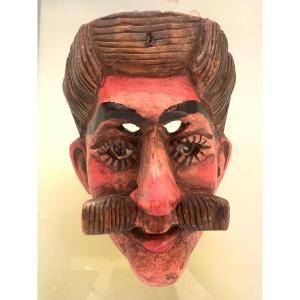





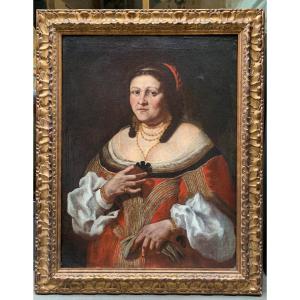
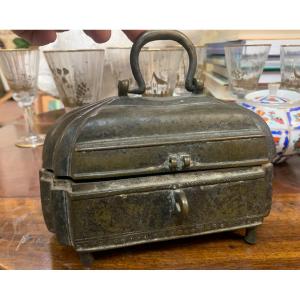
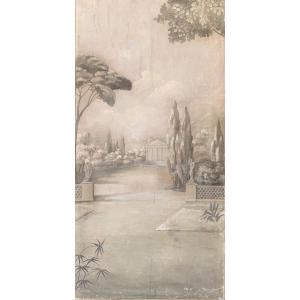

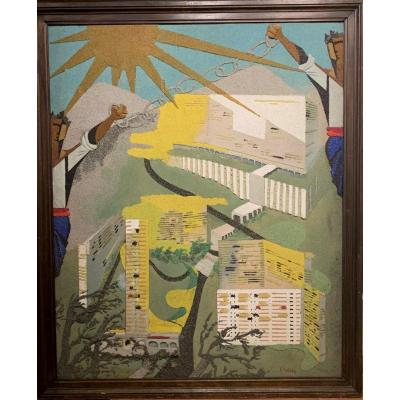








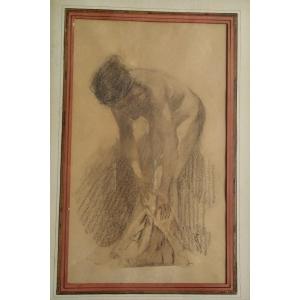



 Le Magazine de PROANTIC
Le Magazine de PROANTIC TRÉSORS Magazine
TRÉSORS Magazine Rivista Artiquariato
Rivista Artiquariato